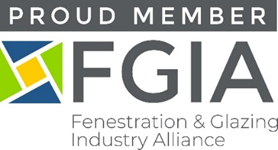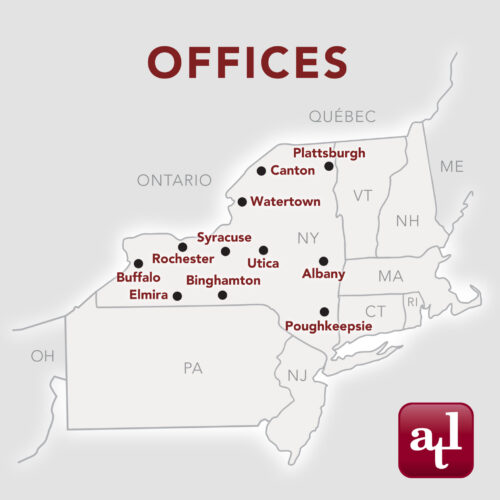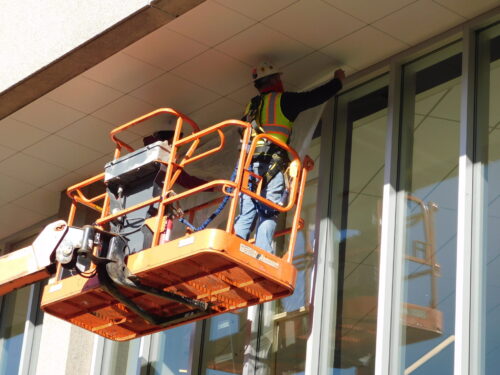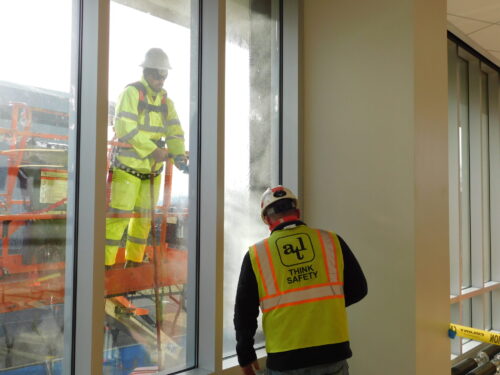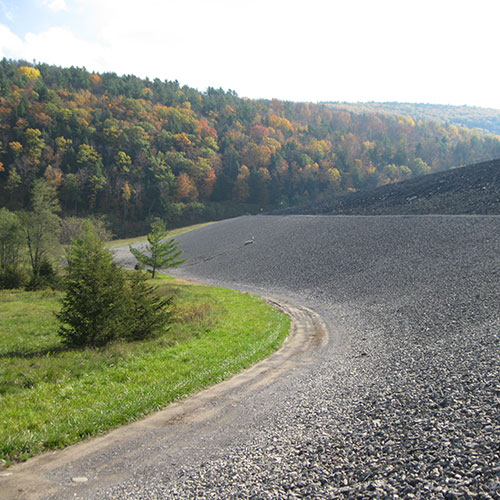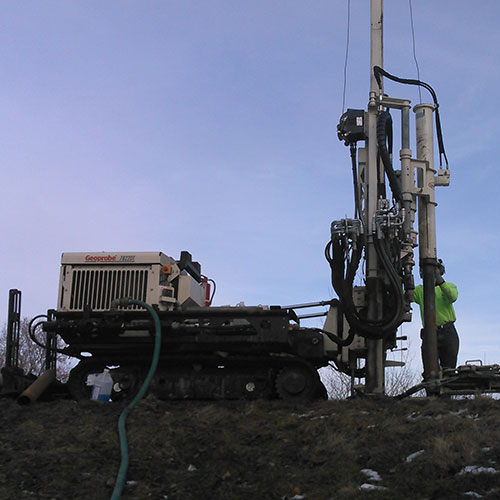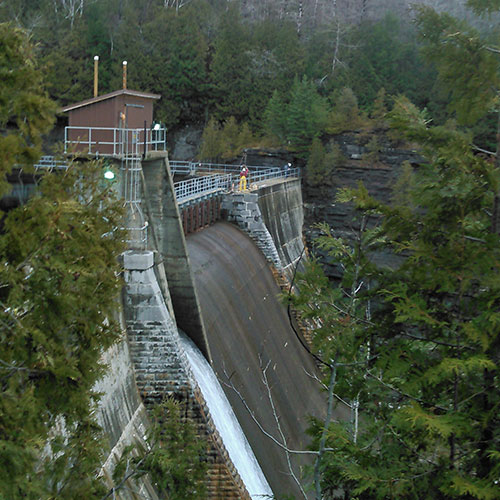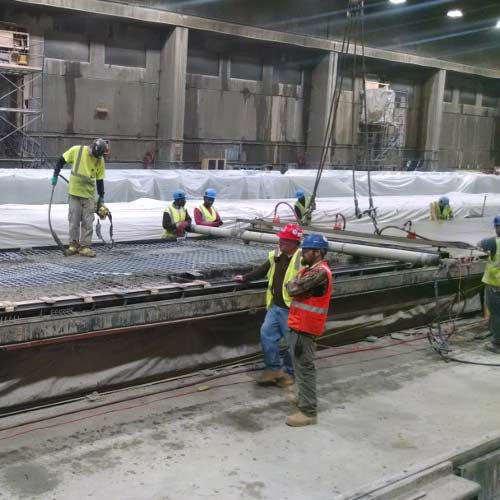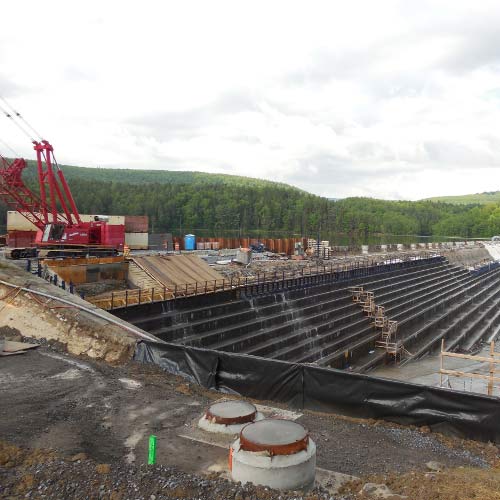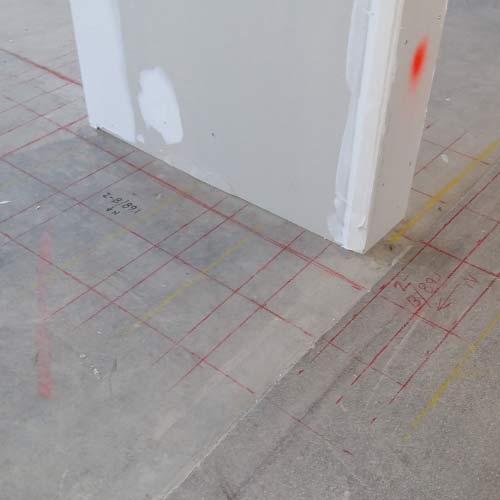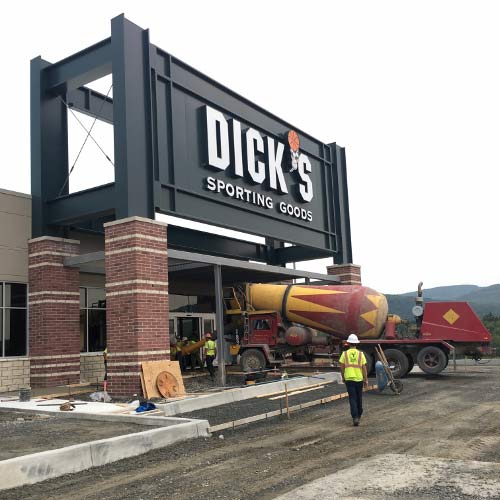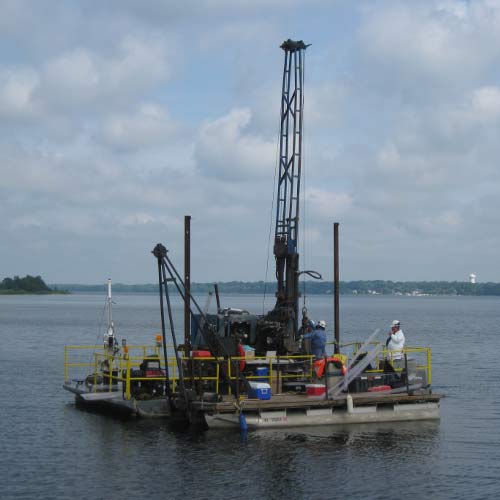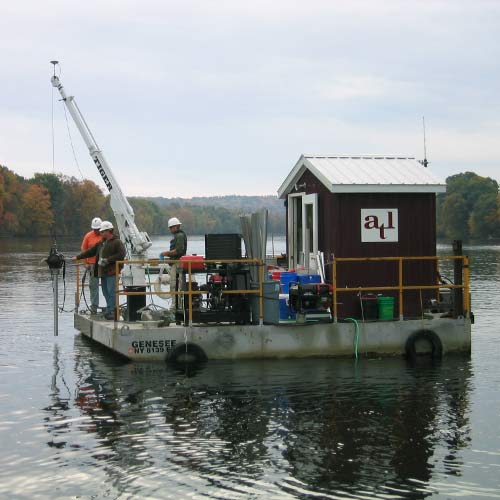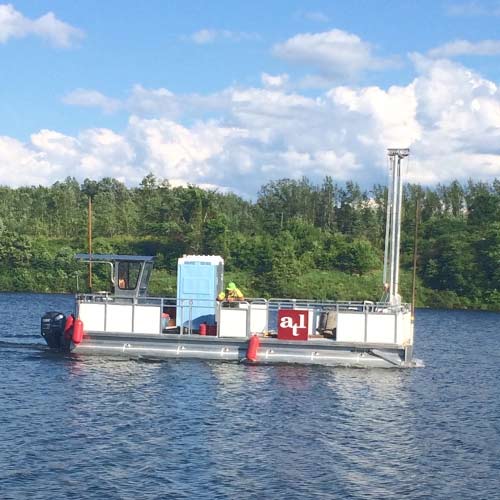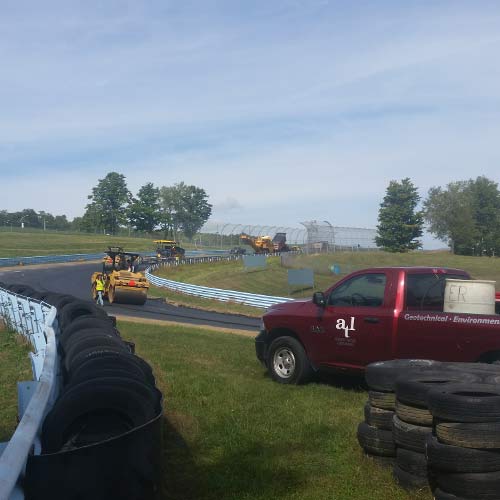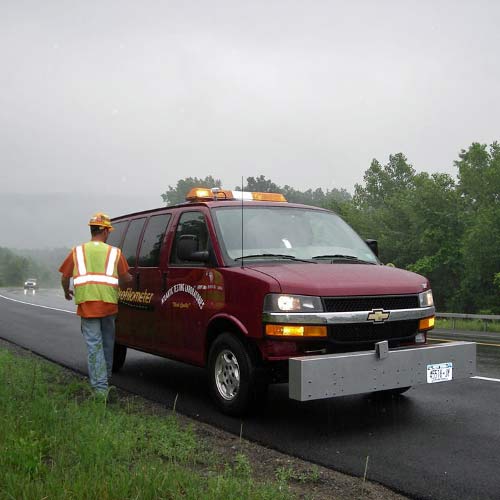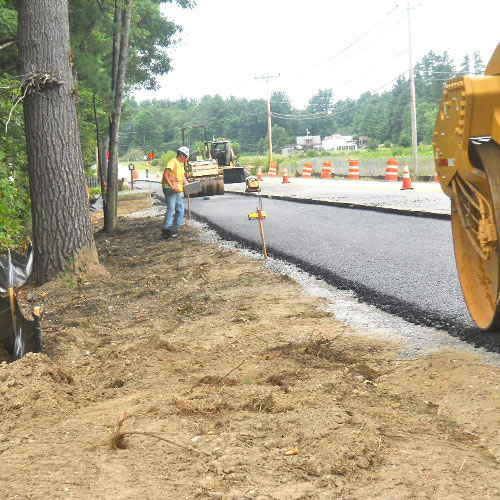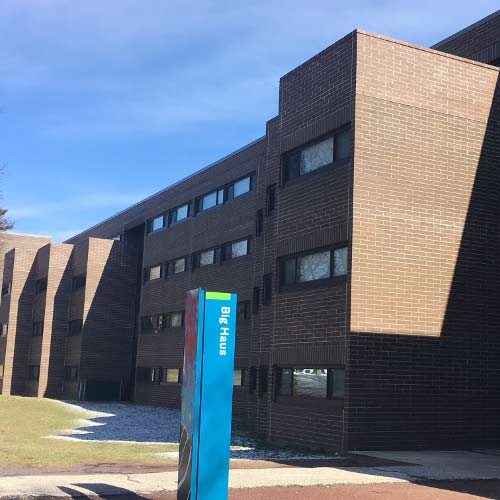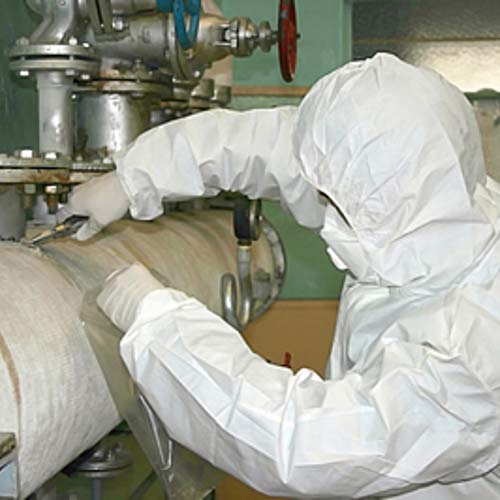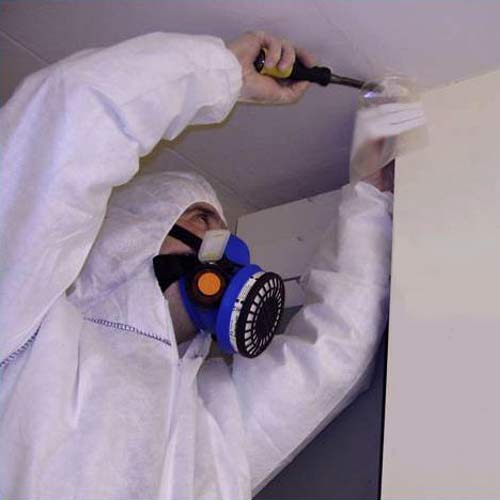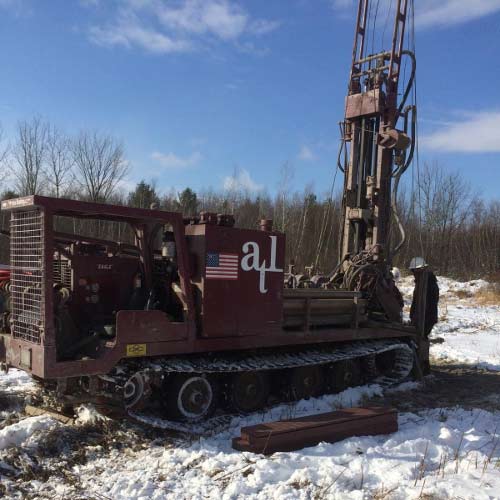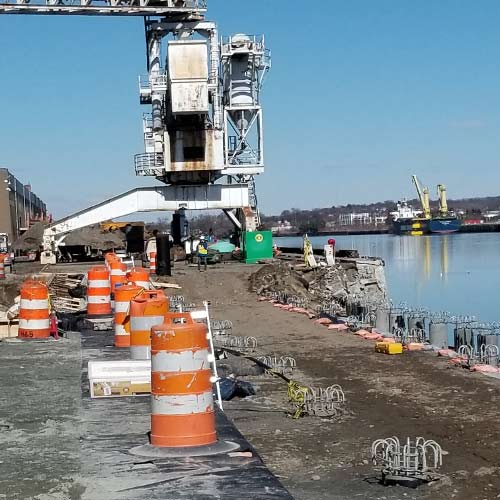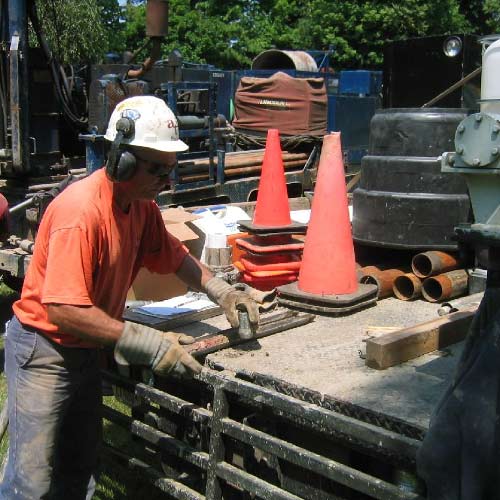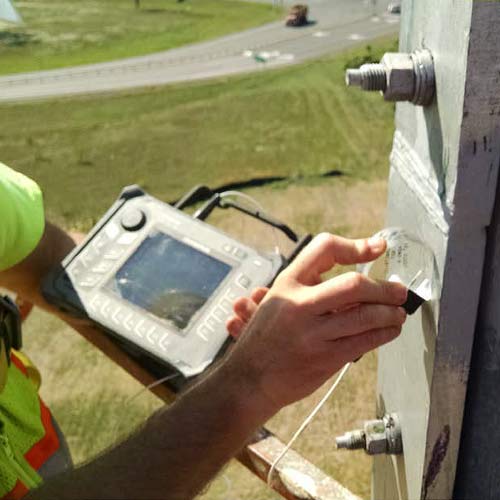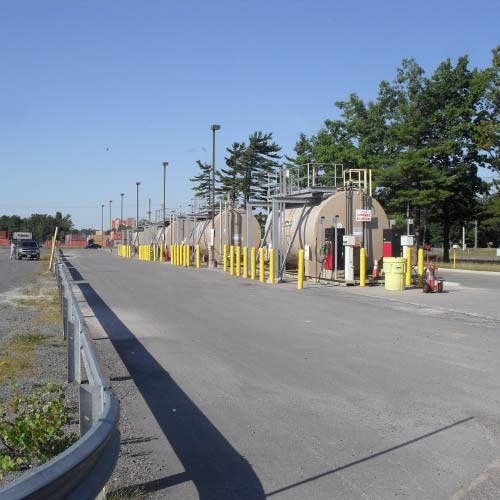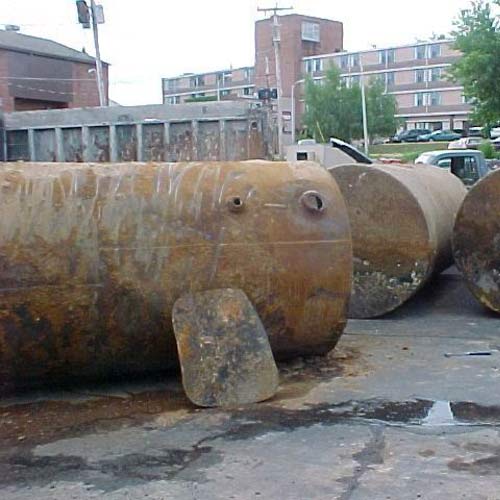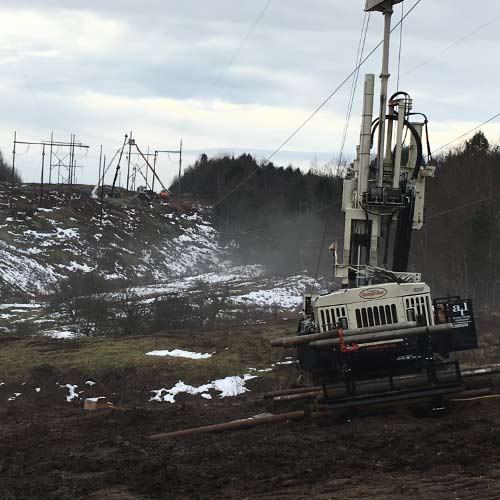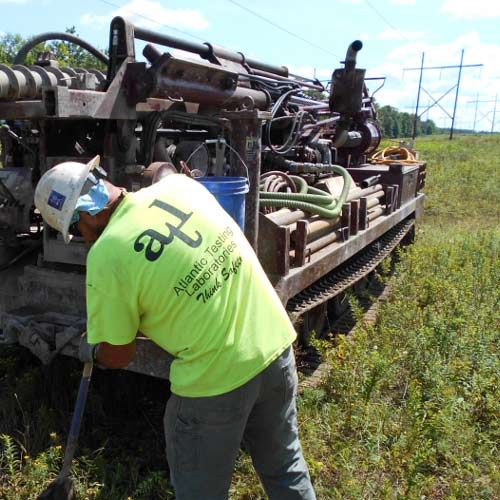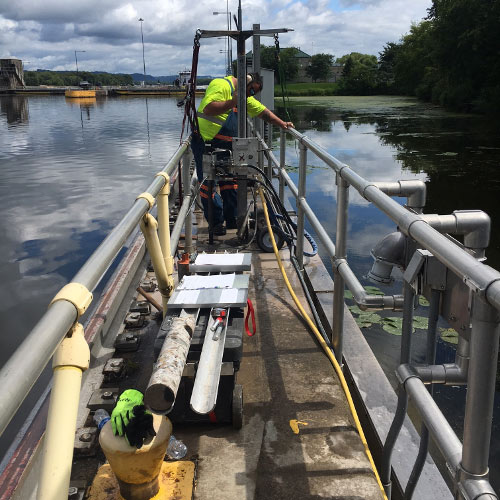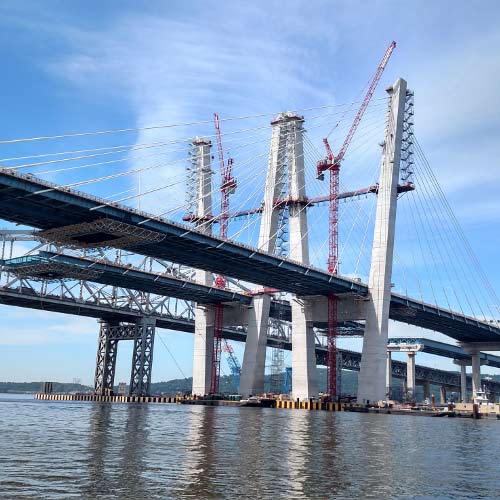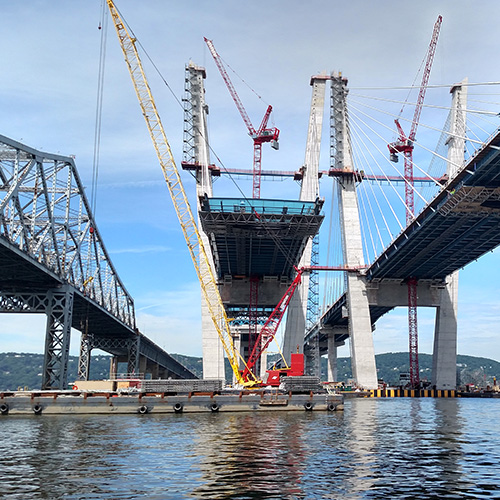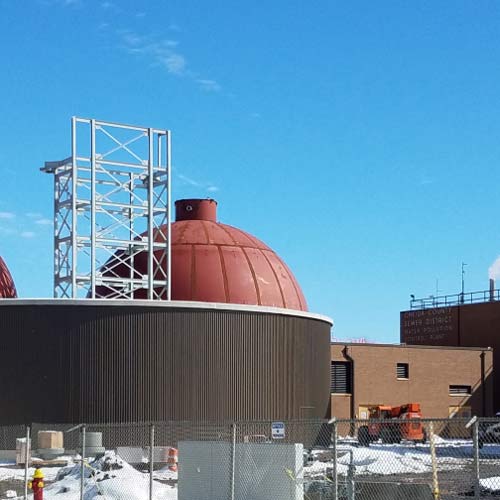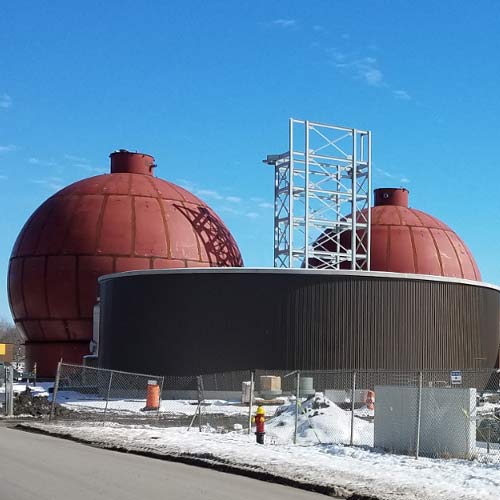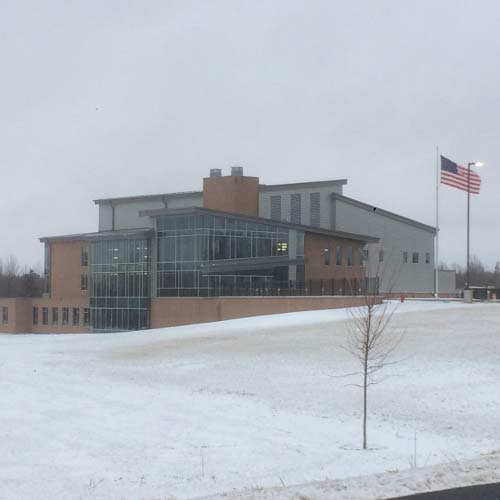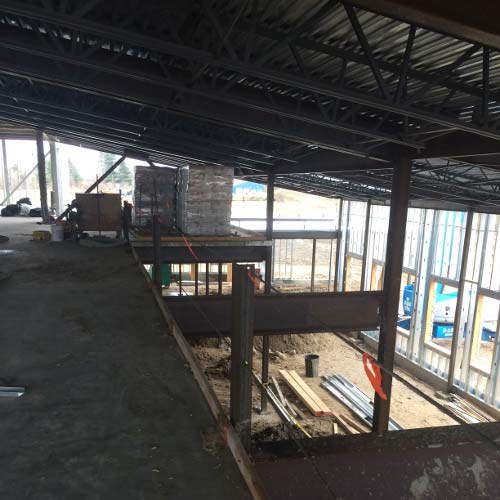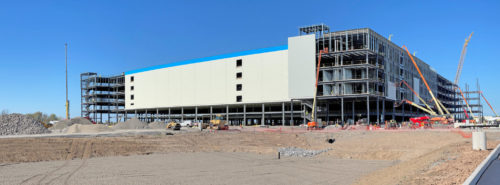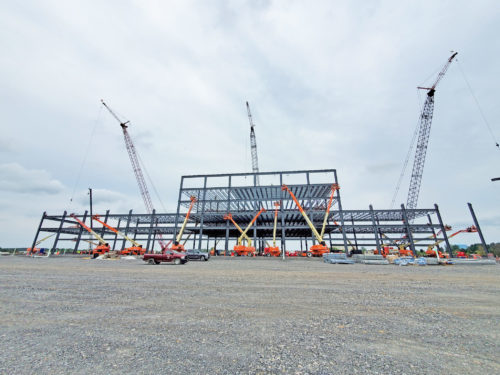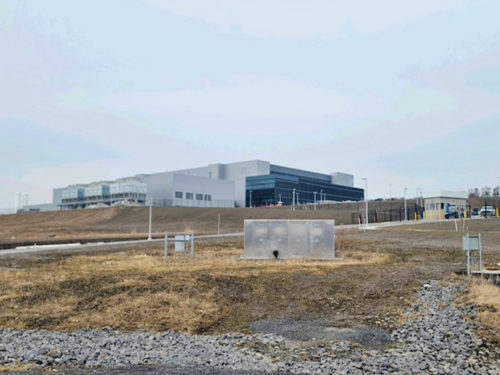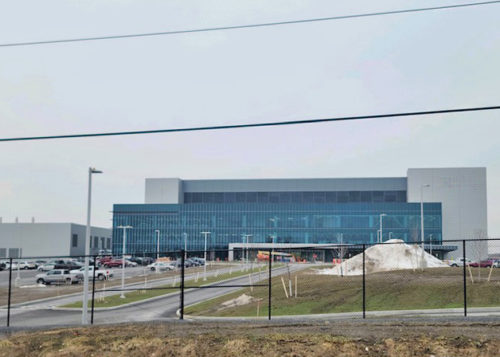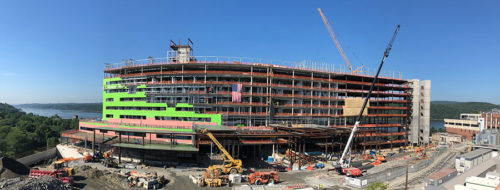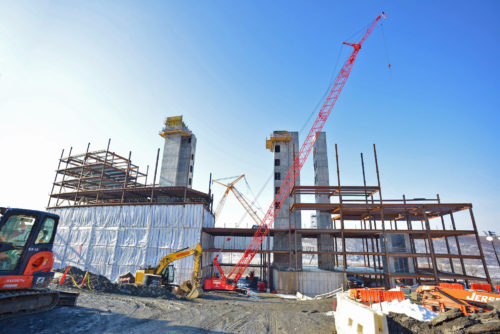Click the following link to view the PDF of this paper: Testing of Newly Installed Fenestration Projects
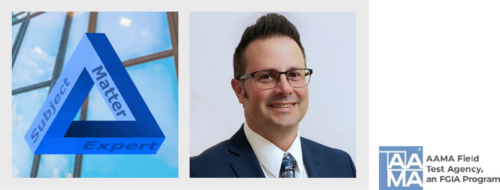
William C. Roberts, FMPC
Technical Services Manager
Air and water passing through a building envelope can create an uncomfortable environment, increase energy costs, cause property damage, and create health and safety hazards. Fenestration products, including windows, doors, skylights, and curtain walls, are designed to allow the passage of people and light, while restricting the passage of air, water, noise, and debris. Poorly manufactured or improperly installed fenestration products can allow air and water to pass through the building envelope, causing undesirable conditions and/or damage.
Consistent performance of installed products can be determined through the following American Architectural Manufacturers Association (AAMA) specifications: AAMA 501.2 “Quality Assurance and Diagnostic Water Leakage Field Check of Installed Storefronts, Curtain Walls and Sloped Glazing Systems”; AAMA 502 “Voluntary Specification for Field Testing of Newly Installed Fenestration Products”; and AAMA 503 “Voluntary Specification for Field Testing of Newly Installed Storefronts, Curtain Walls and Sloped Glazing Systems”. These specifications establish requirements for field testing procedures for newly installed fenestration products. Testing is often required prior to the issuance of a building occupancy permit or within six months of product installation. Both AAMA 502 and AAMA 503 rely on ASTM E783 “Standard Test Method for Field Measurement of Air Leakage Through Installed Exterior Windows and Doors” and ASTM E1105 “Standard Test Method for Field Determination of Water Penetration of Installed Exterior Windows, Skylights, Doors, and Curtain Walls, by Uniform or Cyclic Static Air Pressure Difference” to evaluate as-installed performance.
The ASTM E783 test method determines the amount of air infiltration through the installed fenestration product. In general, this performance check is achieved by sealing one side of the fenestration product and establishing a pressure differential of 75 Pa (1.57 lb./ft3) on the opposing side. The total air flow and extraneous leakage is obtained by measuring the air flow while one side of the test specimen is sealed and then again when the sealed side of the specimen has been unsealed and exposed to the environment. Prior to calculating air leakage values, the atmospheric pressure, temperature, and air density during testing are compared to standard values, and corrected as necessary. Once the air flow values have been corrected to standard conditions, the calculated air leakage rates are compared to the specified, allowable air leakage rates for the applicable fenestration product class.
The ASTM E1105 test method determines if water penetration exists through an installed fenestration product. Similar to the test procedure used in ASTM E783, a specified pressure differential is established on opposing sides of the test specimen and the specimen is subjected to a uniform water spray for 15 minutes. The specimen is continuously observed for signs of water penetration throughout the duration of the test period.
The AAMA 501.2 test method is commonly specified for storefronts, curtain walls, and sloped glazing systems. This water leakage method is not appropriate for operable windows and doors. The test consists of utilizing a water spray assembly (consisting of nozzle, pressure gauge, and control valve) to apply a localized water spray to the specimen, framing, and joints. Water is applied systematically to the exterior framing and joints, from bottom to top, at a pressure of 30-35 psi, at a rate of 1ft/min, and evaluated in 5-foot sections. The assembly is continuously monitored from the interior for signs of water leakage.
A fenestration product may be manufactured, tested, and certified to meet industry standards, but unless the products are installed correctly and tested in place, there is no assurance that installed performance will meet specified performance standards and specifications.
For more information, contact William Roberts at 585-427-9020, info@atlantictesting.com, or visit AtlanticTesting.com.
